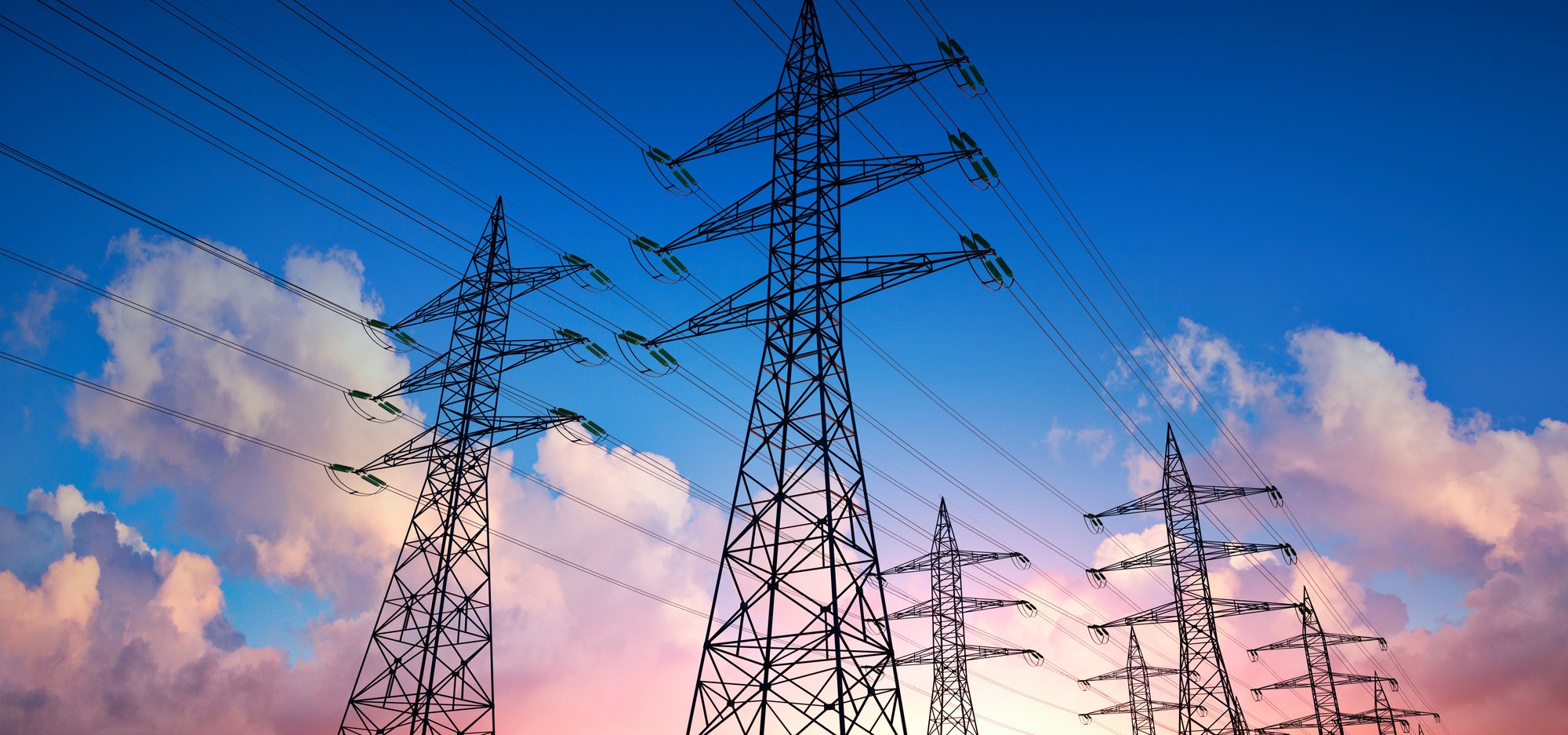
The Distributed Capacity Procurement (DCP) model offers an innovative path for utilities to integrate distributed energy resources (DERs) like solar, batteries, and generators into their grid planning and operations at an unprecedented scale. By putting utilities in the driver's seat of the clean energy transition, DCP can accelerate the deployment of flexible, localized capacity that enhances grid resilience while lowering costs for ratepayers.
Addressing Common Concerns: Cost and Control
However, despite the clear benefits, there are two main counterarguments that utilities and regulators may raise as perceived barriers to embracing the DCP program:
- Distributed generation has a higher cost per MWh than utility-scale resources
- Empowering monopoly utilities to lead DER deployment makes solar advocates uneasy
While these concerns are understandable, they can be readily addressed with a holistic, system-wide view.
The Cost-Effectiveness of DERs: Avoiding Expensive Infrastructure Upgrades
It's true that the smaller scale of DER projects means fixed and balance of system costs are spread across a lower energy output. But this argument ignores the crucial role DERs can play in deferring or avoiding expensive transmission upgrades and distribution infrastructure when strategically deployed.
For example, integrating 800 MW of DERs into an integrated resource plan (IRP) or distribution investment plan reveals major capital savings. Whenever new centralized generation like a solar farm or gas plant is built, it requires transmission lines to deliver that power to end users. Intermittent renewables also necessitate distribution systems that can handle variable output and route electricity to match demand.
On the other hand, DERs located at the customer location reduce the need for new transmissions. Dispatchable assets like batteries and gensets provide flexibility to store energy for later use, smoothing out renewable intermittency. Ultimately, the ability of DERs to offset significant investment in transmission and distribution infrastructure, which is highly capital-intensive and often faces permitting challenges, makes scaling them cost-effective from a total system perspective.
Utilities as Grid Planners: Leveraging a Competitive DER Ecosystem
Regarding concerns over expanding utility involvement in DER deployment, it's important to recognize that grid planning is fundamentally the role of utilities. Currently, interconnection queues are a reactive, backward approach to planning — utilities struggle to ensure reliability when they lack visibility and control over siting new DERs.
DCP solves this by re-establishing the utility's core responsibility to proactively plan what grid assets are needed and where they provide maximum benefit. Crucially, the DCP model is based on leveraging a competitive landscape of DER providers, positioning utilities as the largest wholesale customers for a wide array of vendors across the design, installation, and maintenance chain.
The Path Forward: DCP as an Essential Tool for a Resilient Grid
In summary, when evaluating DCP from a big-picture view, the ability to avoid transmission and distribution costs makes distributed generation a highly cost-effective complement to utility-scale renewables. Far from cutting out industry partners, DCP relies upon a thriving ecosystem of third-party DER companies working hand-in-hand with utilities to scale capacity efficiently.
As clean energy targets ramp up and electrification increases load growth, utilities will need all the tools at their disposal to build a flexible, resilient grid. Distributed Capacity Procurement offers an elegant pathway to harness the power of DERs as grid assets, enabling utilities to play an essential role in accelerating the energy transition.